Table of Contents
The Battle Against Acne: Understanding the Enemy
Acne is a pervasive and frustrating issue that affects millions of people around the world. It can strike at any age, from the tender years of adolescence to the more mature years of adulthood. Despite its widespread prevalence, acne remains a taboo topic, shrouded in mystery and shame. But fear not, dear reader, for this comprehensive guide is here to demystify the causes of acne, empower you with strategies for prevention, and provide a roadmap for treatment.
What Causes Acne?
Acne is a multifaceted issue, driven by a complex interplay of genetic, hormonal, and environmental factors. At its core, acne is a manifestation of the body’s natural response to excess sebum production and clogged pores. When dead skin cells, oil, and bacteria combine in the pores, they can create a perfect storm of inflammation and congestion, resulting in the telltale signs of acne – pimples, blackheads, and whiteheads.
Hormonal Acne: The Role of Androgens
Androgens, such as testosterone and dihydrotestosterone (DHT), play a crucial role in acne development. As androgens stimulate the oil glands, sebum production increases, leading to clogged pores and acne. Fluctuations in hormone levels during puberty, menstruation, pregnancy, and menopause can also trigger acne flares. This is why women are more prone to acne than men, especially during their premenstrual and menstrual cycles.
Bacterial Acne: The Invading Forces of Propionibacterium acnes
Propionibacterium acnes (P. acnes) is a naturally occurring bacteria that thrives in the pores, breaking down sebum and contributing to acne. In healthy skin, P. acnes is harmless, but in acne-prone skin, it can multiply excessively, leading to inflammation and pimples. When pores become clogged, P. acnes can’t exit the skin, causing it to multiply and wreak havoc on the skin.
Environmental and Lifestyle Factors Contributing to Acne
Environmental and lifestyle factors can also contribute to acne development and exacerbation. These include:
- – Stress
- – Poor diet
- – Clogged pores due to makeup and skincare products
- – Exposure to pollution and smoke
- – Hot and humid environments
- – Improper skincare and hygiene practices
- – Certain medications and hormonal therapies
Preventing Acne: Lifestyle Changes and Strategies
To combat acne, it’s essential to adopt a comprehensive approach that addresses both internal and external factors. Here are some evidence-based strategies to get you started:
- – Maintain a balanced diet rich in fruits, vegetables, and whole grains
- – Stay hydrated by drinking plenty of water
- – Exercise regularly to reduce stress and improve overall health
- – Get enough sleep (7-8 hours per night) for skin regeneration
- – Avoid or minimize dairy, sugar, and processed foods in your diet
- – Use non-comedogenic products and sunscreen with SPF daily
- – Remove makeup and cleanser thoroughly to prevent clogged pores
Treating Acne: From Topical to Oral Therapies
When prevention measures fail, it’s essential to seek medical attention for targeted treatment. Acne treatment ranges from topical creams and gels to oral medications and blue light therapy. Topical treatments typically include:
- – Benzoyl peroxide (BPO)
- – Salicylic acid (SA)
- – Retinoids
- – Antimicrobial and anti-inflammatory creams
Oral medications can include:
- – Antibiotics (e.g., doxycycline)
- – Retinoids (e.g., isotretinoin)
- – Spironolactone (an androgen inhibitor)
- – Combination therapies (topical and oral medications)
Conclusion: Taking Control of Your Acne
In conclusion, acne is a multifaceted issue that requires a comprehensive approach. By understanding the causes, taking preventative measures, and seeking professional treatment, you can regain control over your skin and say goodbye to acne’s pesky and frustrating symptoms. Remember, every individual’s acne journey is unique, and what works for one person may not work for another. Be patient, persistent, and informed – and you’ll be well on your way to achieving clear, radiant skin.
Recommended Products
-
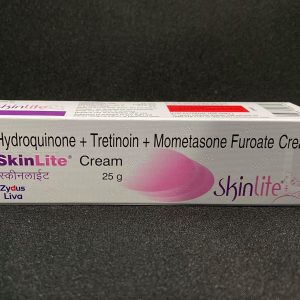 Skinlite Cream 25gKD4.000
Skinlite Cream 25gKD4.000 -
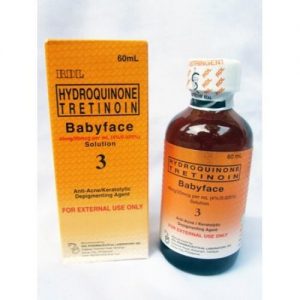 RDL Babyface Solution No. 3 60mlKD2.000
RDL Babyface Solution No. 3 60mlKD2.000 -
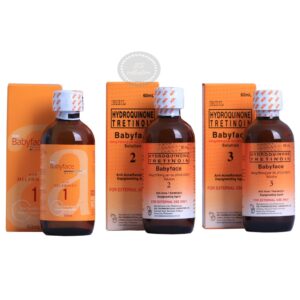 RDL Baby Face Solutions #1, #2 Or #3 60mlKD2.000
RDL Baby Face Solutions #1, #2 Or #3 60mlKD2.000 -
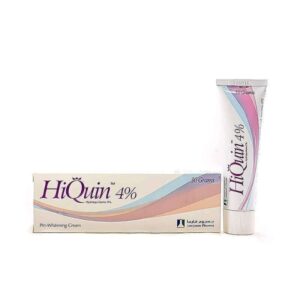 4% Hydroquinone HiQuin Cream 30gKD4.000
4% Hydroquinone HiQuin Cream 30gKD4.000 -
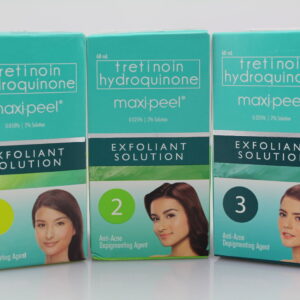 Tretinoin, Hydroquinone Maxi-Peel Exfoliant Solution 60 mLKD2.000
Tretinoin, Hydroquinone Maxi-Peel Exfoliant Solution 60 mLKD2.000 -
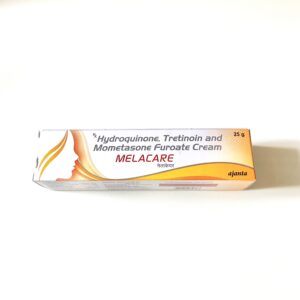 Melacare Hydroquinone + Tretinoin + Mometasone Furoate Cream 25gKD3.500
Melacare Hydroquinone + Tretinoin + Mometasone Furoate Cream 25gKD3.500 -
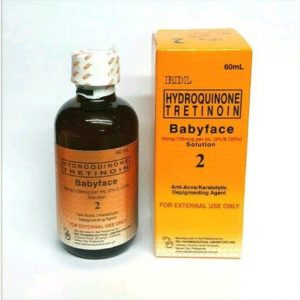 RDL Babyface Solution No. 2KD2.000
RDL Babyface Solution No. 2KD2.000 -
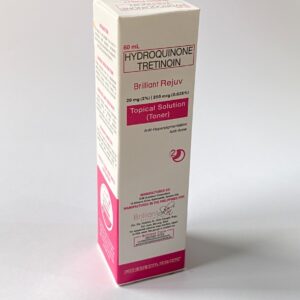 Hydroquinone Tretinoin Brilliant Rejuv Toner 60mlKD3.000
Hydroquinone Tretinoin Brilliant Rejuv Toner 60mlKD3.000 -
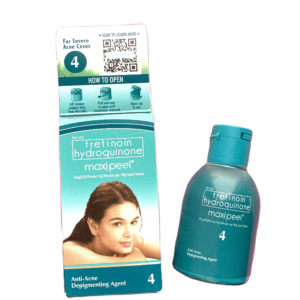 0.025% Tretinoin 4% Hydroquinone Maxi-Peel Solution No.4 60mLKD2.000
0.025% Tretinoin 4% Hydroquinone Maxi-Peel Solution No.4 60mLKD2.000


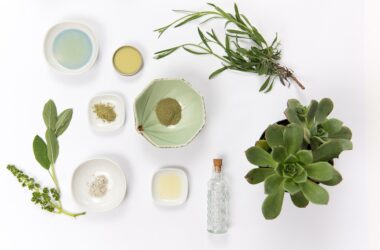
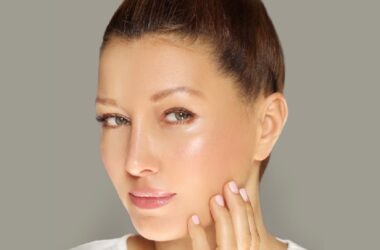
![The Truth About [Popular Skincare Myth]: Is It Really Effective? The Truth About [Popular Skincare Myth]: Is It Really Effective?](https://rejuvenatingsets.com/wp-content/uploads/2024/09/The-Truth-About-Popular-Skincare-Myth-Is-It-Really-Effective-380x250.jpg)